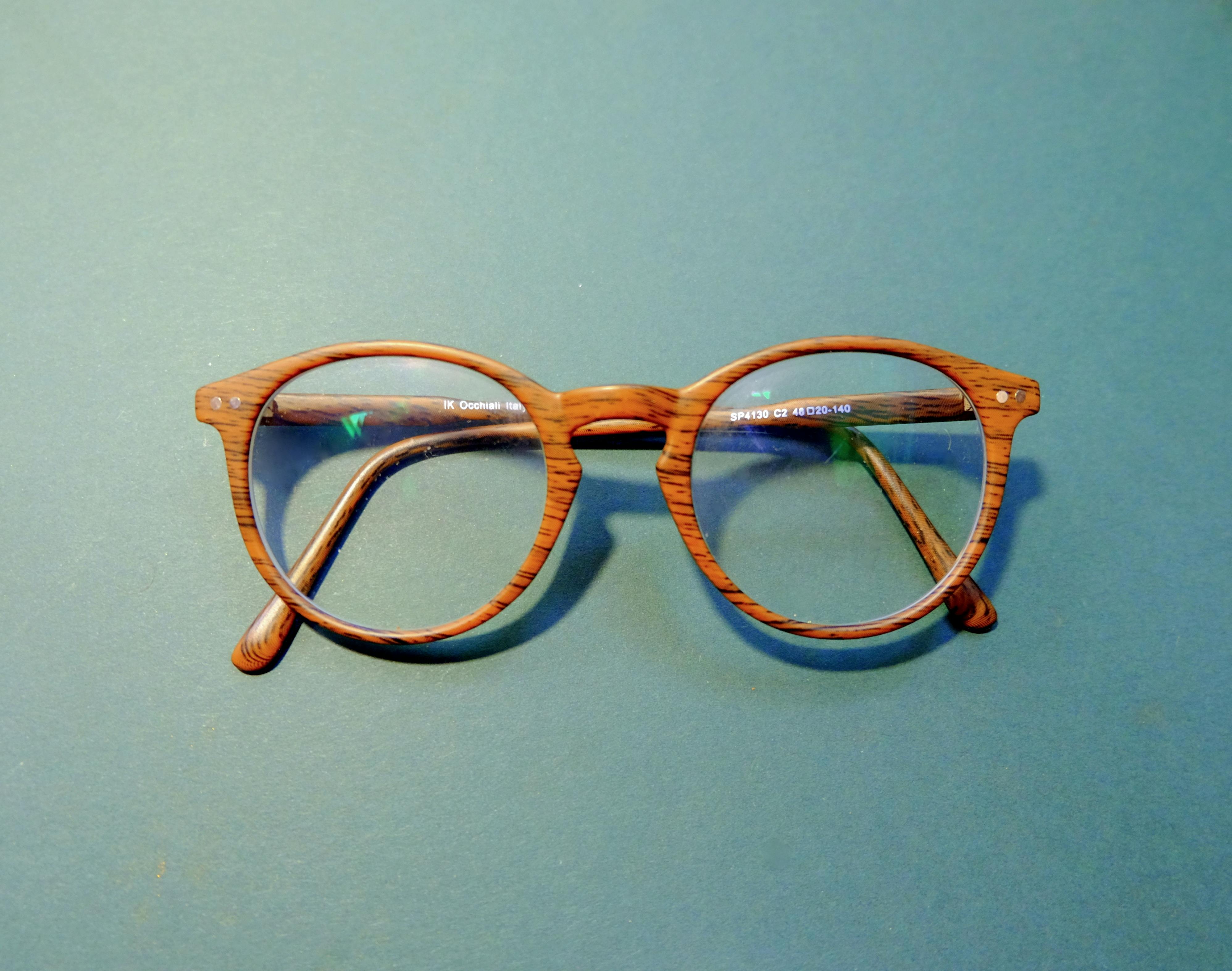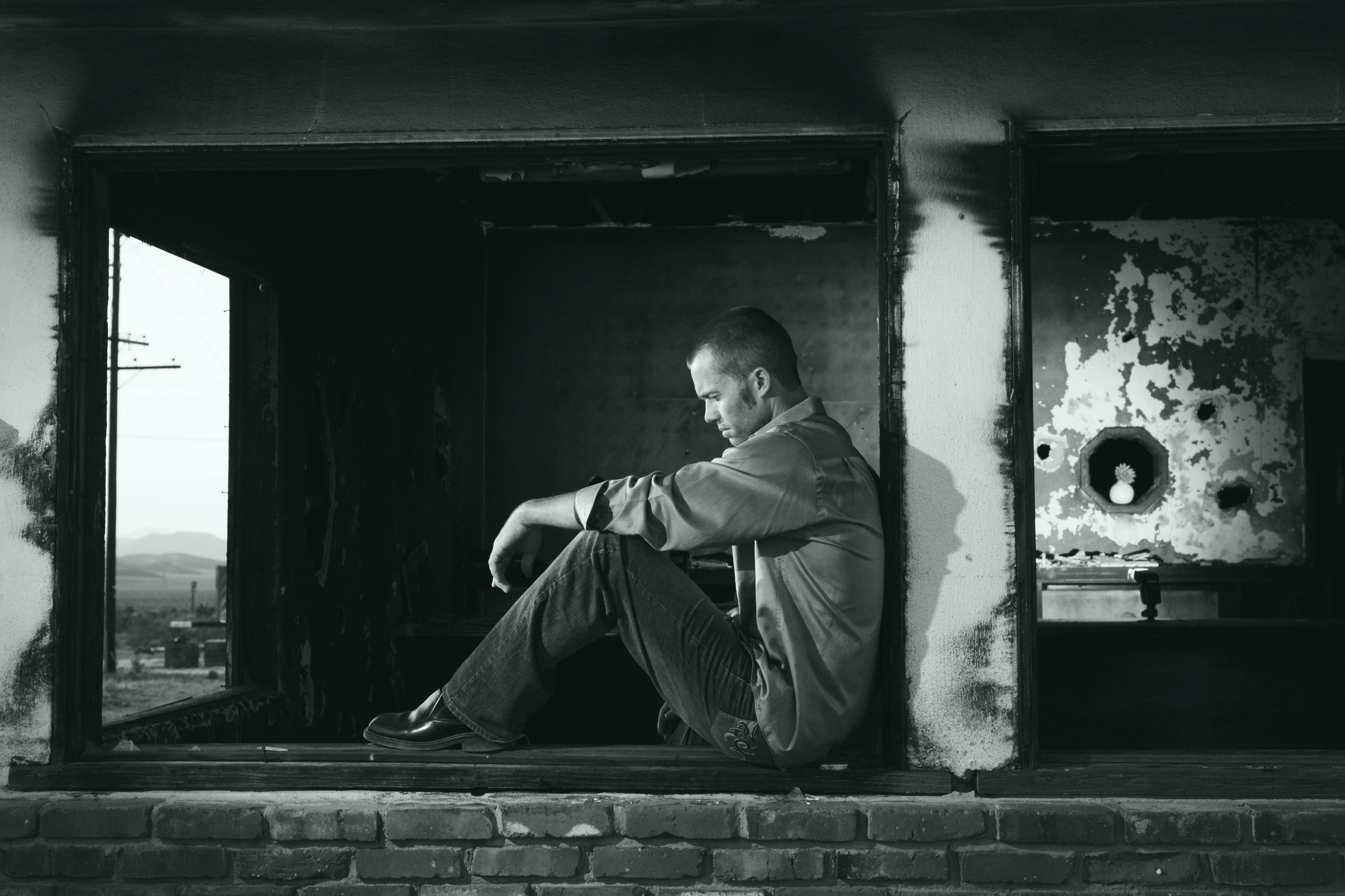Shibari (also known as “Japanese bondage” is an ancient Japanese concept of integrated body, mind, and spirit.
The goal is to unlock erotic energy through trance or trance-like experiences.
Trance (a different level of consciousness) is achieved through a refined mix of atmosphere, ritual, meditation, love, techniques, and intensity of the situation.
Most Eastern forms of lovemaking are rarely direct sexuality, but rather an intriguing game of exploration and challenge and a delicate combination of subtlety and clarity.
Shibari is no different.
What is trance?
Trance is a situation in which one is so dedicated and focused on a specific goal or situation that, by blocking out everything else, the mind’s spiritual abilities are fully dedicated to that specific activity. This opens up the mind to be able to experience, and use, things that it never could under “normal” circumstances, as the brain will be too distracted and too busy.
Certain hormones, especially endorphins, play an important role in trance. Endorphins (morphine-like amino acids produced by the body) are the key factor here. Endorphins are known as the “mood chemicals” in your body. They create your moods, all of them. They come in complex cocktails and serve other purposes as well. For example, they are a natural pain reliever. Experiencing high doses of endorphin release is called an endorphin rush. This is known as “runner’s high” in athletics and “subspace” in energy exchange activities.
A combination of endorphins, dopamine (known as “the lover’s feel-good hormone”), enkapheline, and adrenaline releases create “super consciousness” and this is the key factor in creating the trance. Since experiences such as fear, anxiety, stress, and physical impulses such as pain cause the release of high doses of adrenaline and later endorphins, these impulses are used to allow you to climb the first rungs of the trance ladder. Endorphins have a “sister hormone” called enkephalin, which works in the spinal cord in the same way that enderphins work in the brain.
Since the mood is important, the atmosphere is important, so in terms of Shibari body, mind and spirit, a lot of emphasis is placed on preparation and physical area. To do this, things like candlelight, aromatherapy (incense or evaporation of essential oils), baths, and other rituals and techniques are used to create “makama” – the “circle” (area), the physical area where both members of the couple will experience their intense lovemaking. Meditation helps to focus the mind and eventually Ki energy exchange is used to further enhance the bond between partners and the forces of gravity and sensory deprivation techniques are used to create a complete trance.
Erogenous zones
There is a widespread misunderstanding: “erogenous zones are directly connected to the genital area and other primary sexual identification characteristics (such as breasts).” The fact is that about 25 percent of the body surface (a little more in the male body) can be identified as an erogenous zone. And the brain is undoubtedly the largest sexual organ. Erogenous zones are generally best stimulated through gentle massage, but they are also very receptive to other forms of stimulation, for example pain (if you’re into that) or bondage.
The seven patterns of passionate lovemaking
By pressing gently, or harder, to introduce the element of mild pain, your fingernails into the fleshy parts of your partner’s body, you can not only leave temporary marks, but it can also be an erotic game in itself. To do this, uniform and symmetrical patterns are your best option. This will not only satisfy your lust, but it will also leave something to remember for a few hours, perhaps a day or two, an effect that, more intensely, is also usually the result of spanking and spanking.
Rope markings are often an essential part of bondage. In a Shibari context of body, mind and spirit, they play a role similar to other forms of leaving marks of love.
In their original form, these patterns must follow specific designs and all serve specific purposes. The idea is to leave physical marks that function as a “revealer”, which – for example in ancient India – forced the “marked woman” to hide these marks as they indicated lustful and wild love. The more intense the time mark, the more intense the sexual act had been. Repeated and complicated combinations of the seven patterns would indicate that the woman had really suffered during the sexual act and the complicated patterns make it clear that she had to remain immobile during a long foreplay, while the impulses of pain and arousal increased the lust. her.
the love bite
Tender teeth or not, sunk into the tender female flesh, it’s not just a scene straight out of a Dracula movie. Many novels and poems tell stories about love bites. And indeed, like lash marks, bruises and others, bite marks serve as something to remember, to be proud of, to relive the previous passionate night: pain, ecstasy, lust, love and intimacy.
The Kama Sutra is again one of the few sources that describes the combination of marking impulses and pain during the sexual act. Unfortunately, several patterns, although others are mentioned, are not described in sufficient detail to reconstruct them. Several different flower patterns are mentioned, for example. They must be combinations of teeth and nail prints.
the magic of knots
The magical power of the knot is as old as humanity. You will find references to the magical power of the knot in almost any ancient culture, be it Babylonian, Celtic, Oriental, Hermetic, Wiccan, Voodoo, or others.
Love magic, and there are many forms of that, almost always involves the use of knots and, of course, rope. Actually, we still have some of that left in modern times. Tie a knot in your handkerchief to remember something really important
How does it work?
Magic is about manipulating life energy. This energy is called Ki in Japanese, Chi in Chinese, or Prana in Sanskrit (the ancient language of India, still used in yoga, for example). Consciously tying one or more knots in a rope is one way to bundle this energy and store it there. Of course, this energy will not make your car work. It won’t make the lights come on either. But it will be more than enough to have its influence on the subtle network of Ki energy exchange, which is everywhere.
In Shibari, these “energized” knots and ropes will replace the heart and hands of the giver, and as such contribute to the entire physical and spiritual experience. They allow the giver to “still be close to the receiver” even when they are not physically close. The interaction between the energy of the donor – temporarily stored in the knots – and the pressure points on the Ki meridians in the body of the recipient is what will release very powerful sexual and spiritual experiences.
Sexual energy is one of the most powerful manifestations of Ki energy. This is why we still refer to everything that happens between love partners as “the magic,” “the spark,” or “the energy.”
universal love magic
The use of ropes and knots, when working with sexual energy, is universal. In ancient Babylon (in the Middle East) seven knots were tied in a rope to invoke love. Wicca has a similar tradition of tying three knots in a rope for the same purpose (sometimes with an almond – the “love nut” – inside each knot). African voodoo works with seven knots on a rope or with wrists, tied together, to invoke love, the Kama Sutra tells of female love couples, suspended on a rope to increase their sexual energy. These are just a few of many examples.
Is all this strange? Not really. There are more than 50 erotic pressure points (Tsubo) on the human body, each one as powerful as the clitoris or the nipples. And there are 60 other hormone-releasing pressure points along the spine, many of which have an erotic/sexual function. The ropes and knots will directly stimulate all of this and the energy, gathered in a knot, will only enhance its effect.










